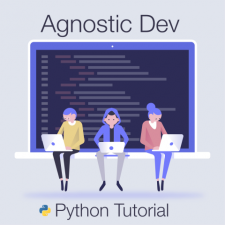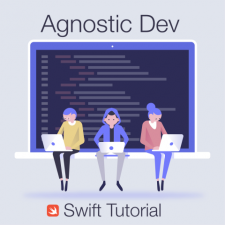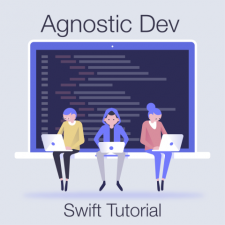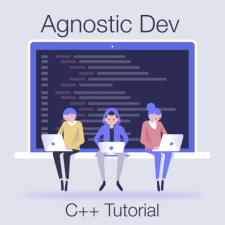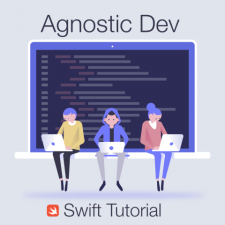How to Use Python List Comprehensions
Featured Post
If you have ever wanted to use Python list comprehensions, but were unsure of the syntax or exactly how they worked, then this tutorial is aimed at you. This tutorial aims to walk you through the basics of how Python list comprehensions work with three real world examples. In the tutorial below I have three examples of the power of Python list comprehensions; The first example illustrates how to setup and create a basic list comprehension. The second example get's a lot more complex and uses two nes

